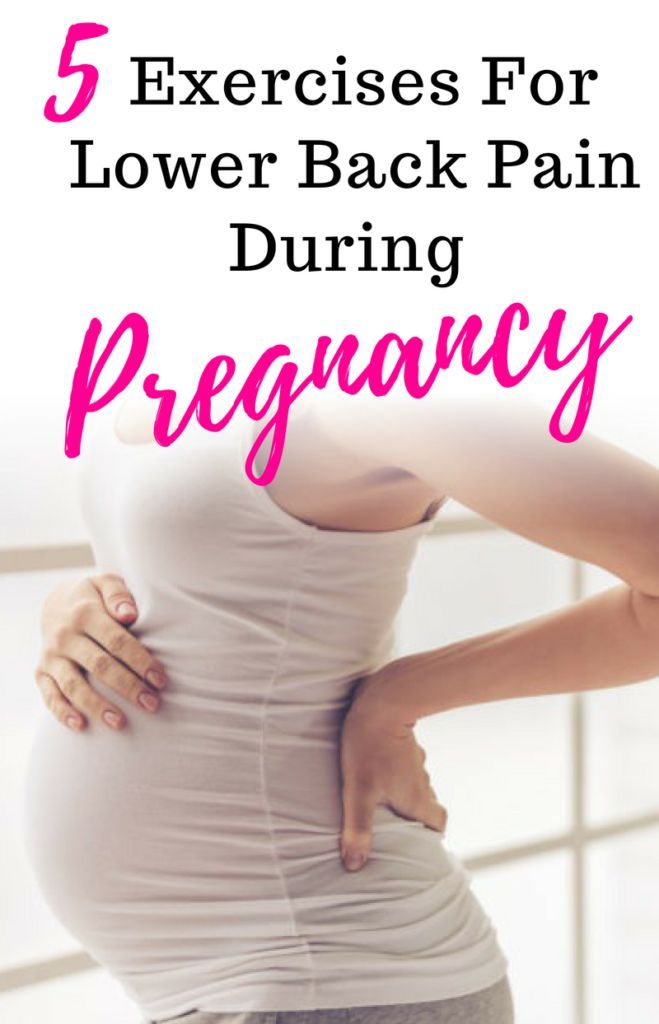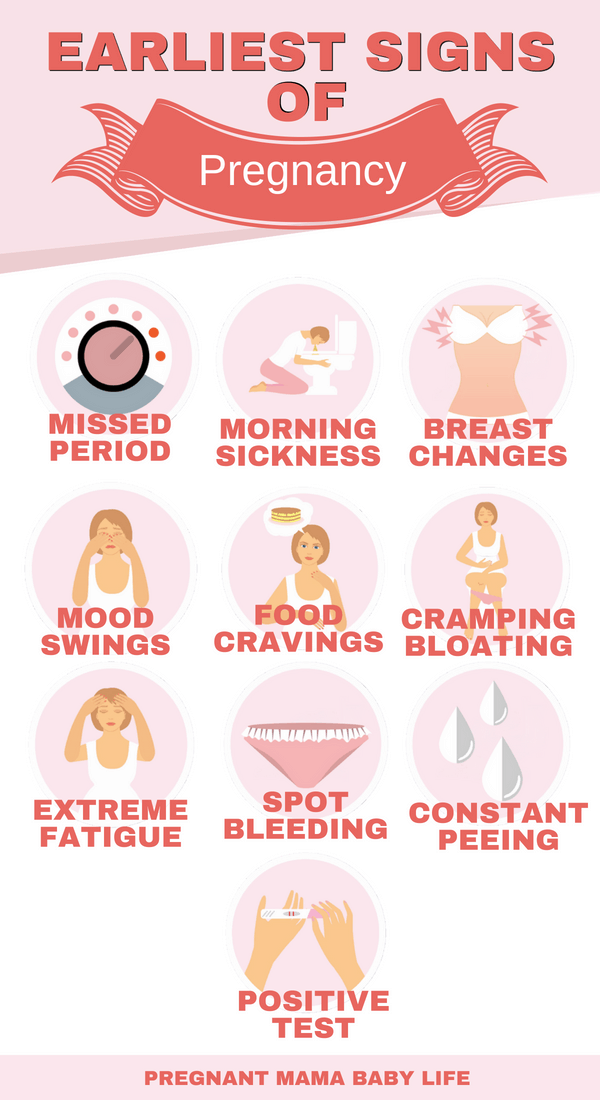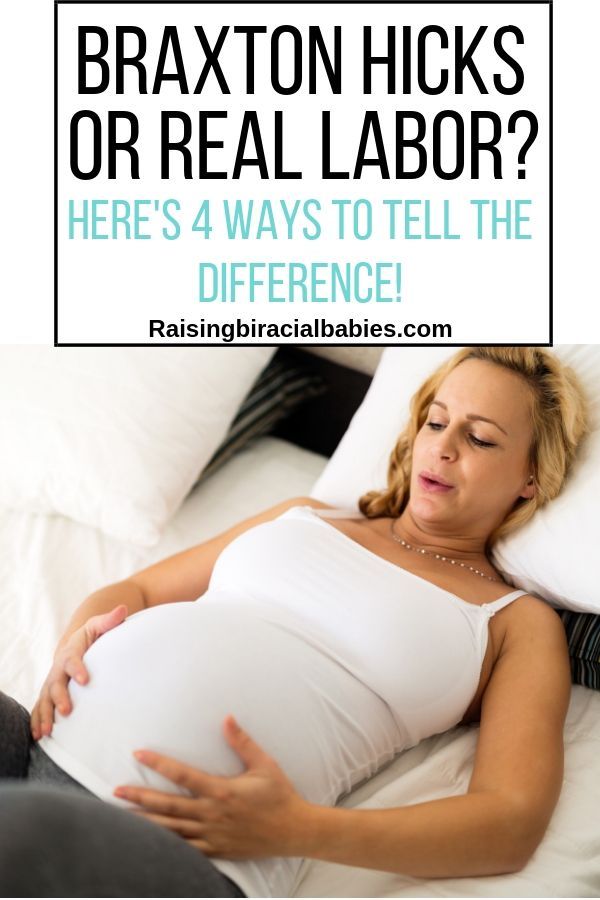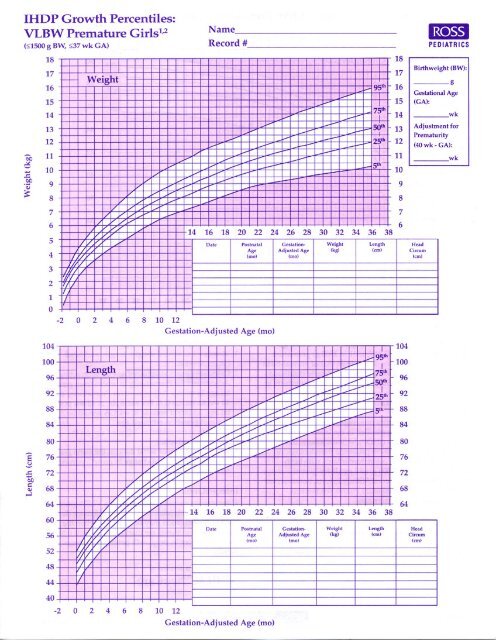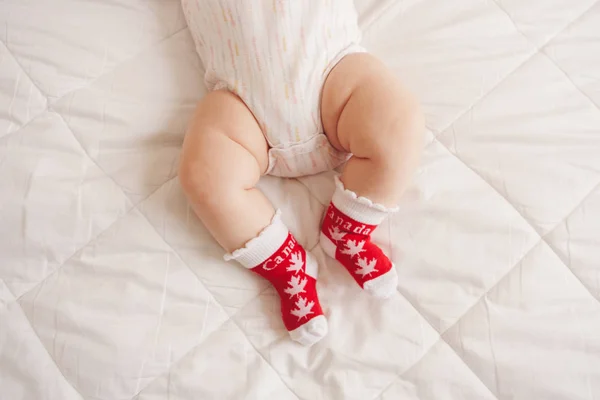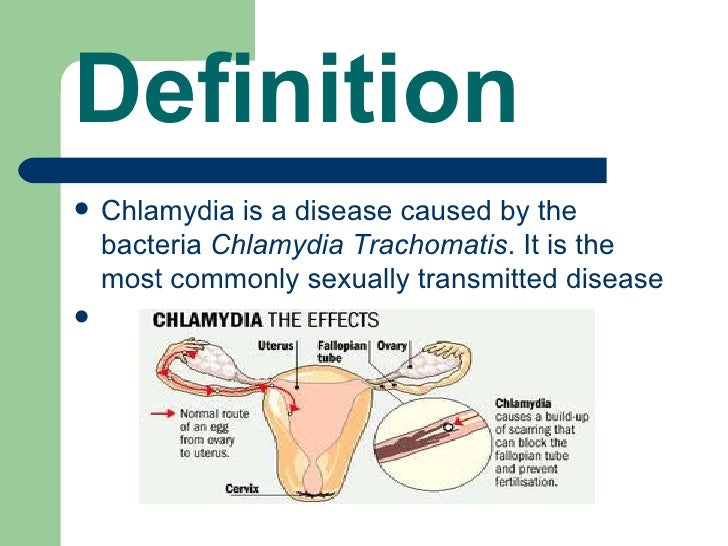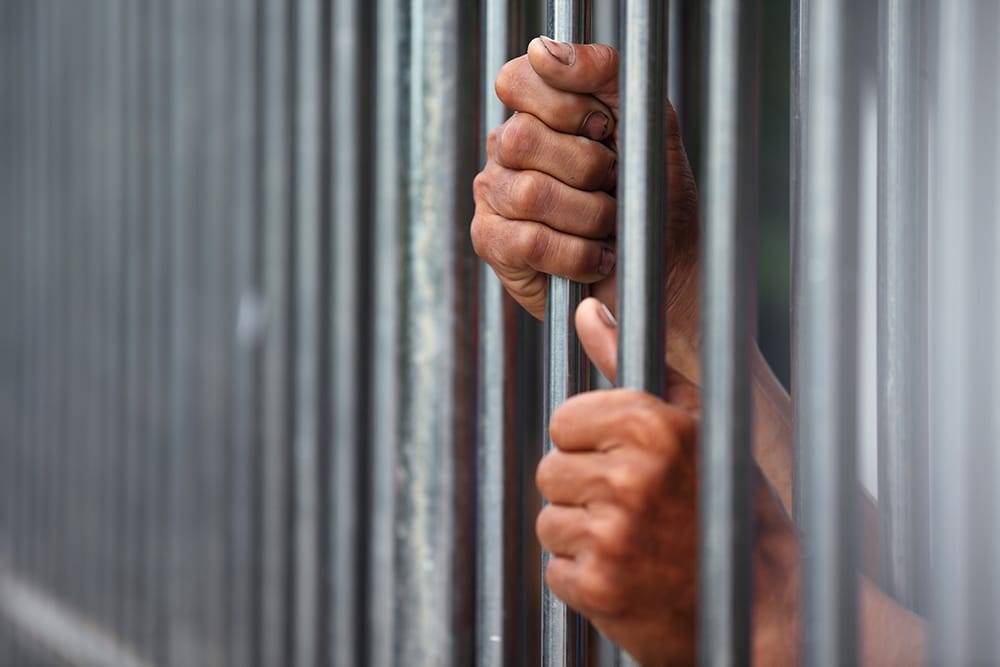Pain in lower back after pregnancy
Postpartum back pain: Causes and tips for relief
- Community
- Getting Pregnant
- Pregnancy
- Baby Names
- Baby
- Toddler
- Child
- Health
- Family
- Courses
- Registry Builder
- Baby Products
Advertisement
Postpartum back pain is very common. Many of the physical and hormonal changes that contributed to your backaches during pregnancy can still cause you discomfort after giving birth – and new factors like changes in your posture and carrying your baby may also cause pain. Back pain usually gets better on its own within a few months, and gentle exercise, practicing proper body mechanics, and self-care can help you cope. Talk to your healthcare provider if your postpartum back pain is severe, as they may want to refer you to a physical therapist.
Photo credit: iStock.com / solidcolours
What is postpartum back pain?
Many women experience back stiffness and soreness after giving birth, and it's normal if you feel like this pain makes taking care of and carrying your newborn around uncomfortable.
Back pain after pregnancy is very common, especially in your lower back. Research suggests that up to as many as twenty percent of women experience this discomfort for three to six months after giving birth. Back pain after you've had a c-section is also possible: Since it typically takes longer to recover from a c-section than it does to recover from a vaginal birth, the fact that you might be moving around less could cause your core muscles to weaken.
You may experience tailbone pain after birth, or you may have upper back pain postpartum too, from lifting your baby, leaning over their crib or bassinet, wrestling with the car seat and stroller, and hunching your back while breastfeeding.
What causes postpartum back pain?
Many of those same physical changes that caused your back pain in pregnancy may still be contributing to your achy postpartum back now.
During pregnancy, your expanding uterus stretched and weakened your abdominal muscles and altered your posture, which put strain on your back.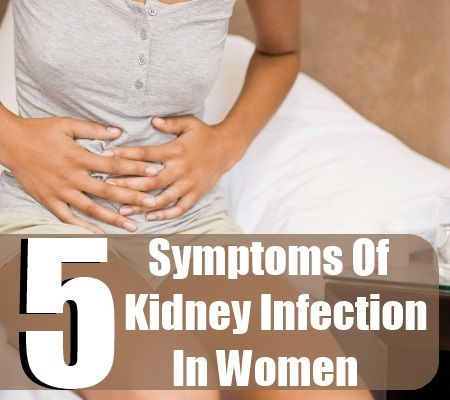 Extra weight during (and after) pregnancy not only means more work for your muscles, but also increased stress on your joints. In addition, hormonal changes during pregnancy that prepared your body to give birth loosened the joints and ligaments that attach your pelvis to your spine.
Extra weight during (and after) pregnancy not only means more work for your muscles, but also increased stress on your joints. In addition, hormonal changes during pregnancy that prepared your body to give birth loosened the joints and ligaments that attach your pelvis to your spine.
Your body went through a lot of physical and hormonal changes over the course of nine months, and the effects of those changes won’t disappear overnight. In addition, you may also have worked muscles you don't normally use during labor and delivery, so you might have some soreness and pain related to that, especially if you had a long or difficult labor.
Other factors come into play during the postpartum period, too. Many new moms inadvertently make their back problems worse by not using good posture while breastfeeding. When you're first getting the hang of how to breastfeed, you may be so focused on getting your baby to latch on correctly that you hunch over, straining your neck and upper back muscles as you look down.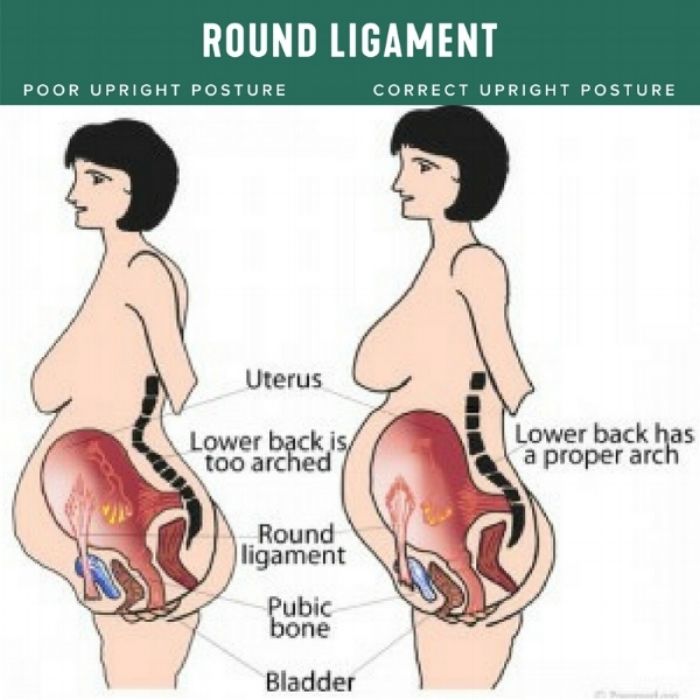
The overall exhaustion and stress of taking care of a newborn 24/7 can also make it harder to recover from all aches and pains after childbirth, including back pain.
How long does back pain after pregnancy pain last?
Postpartum back pain usually gets better within a few months after delivery, though some women may continue to have pain for longer.
Advertisement | page continues below
If you had back pain before or during pregnancy, you're more likely to have persistent back pain after giving birth too, especially if your pain was severe or began relatively early on in your pregnancy. Being overweight also increases the risk of chronic back pain.
If you do have lingering postpartum back pain, it’s a good idea to mention it to your OB or midwife at your postpartum check-up. They can refer you to a back-pain specialist or a physical therapist, who can teach you exercises to strengthen your core and back muscles.
How to get relief from postpartum back pain
Start by letting your healthcare provider know about your back pain.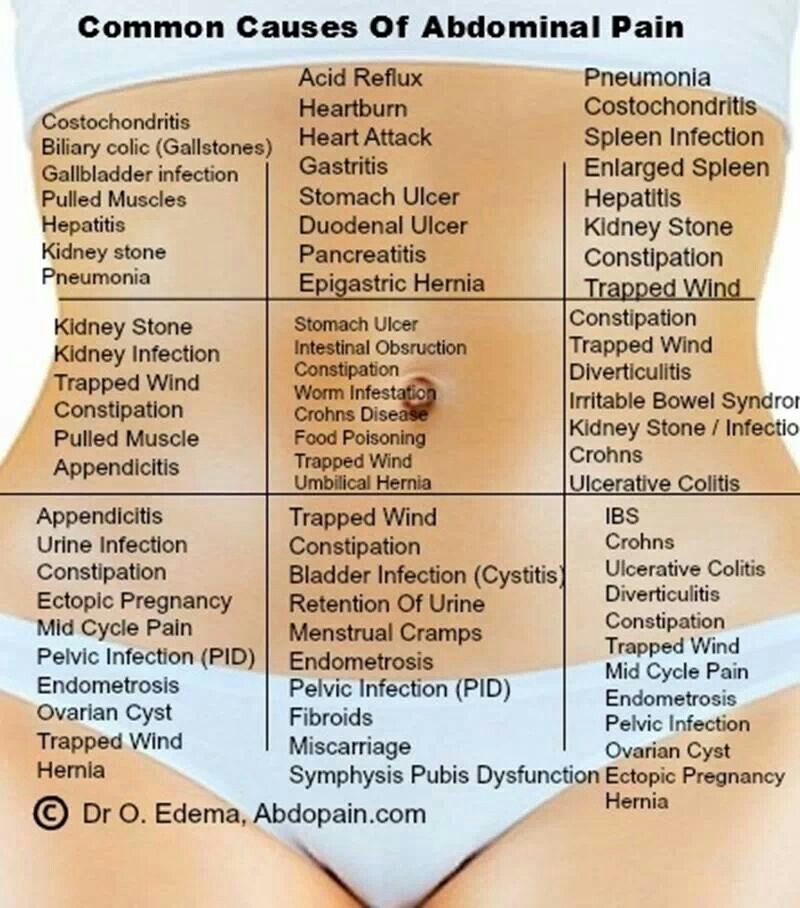 They can suggest appropriate self-care measures to try at home first, and evaluate your situation to determine if you need further treatment. Common home remedies for back pain after pregnancy include:
They can suggest appropriate self-care measures to try at home first, and evaluate your situation to determine if you need further treatment. Common home remedies for back pain after pregnancy include:
Gentle exercises
When your back hurts, moving around may be the last thing you feel like doing, but it could be just what your body needs.
Choose a gentle form of postpartum exercise to start, such as going for an easy walk. As long as you take it slowly and keep your walks short for the first few weeks after giving birth, walking is safe to start almost immediately after either a vaginal birth or a c-section.
When your healthcare provider says it's okay, add some pelvic tilts to your daily routine, and begin introducing other exercises that aim to strengthen your back and abdominal muscles. Try gentle stretching exercises or yoga – just be sure to avoid overstretching or extreme positions. And always listen to your body. If a certain position or activity causes discomfort, stop right away.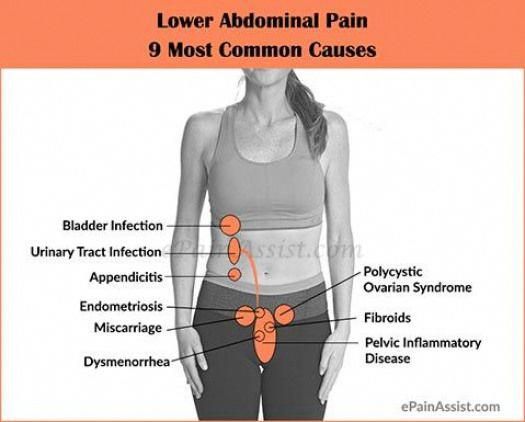
Practicing proper body mechanics
Keep these tips in mind throughout the day:
- Stand – and sit – up straight.
- Pay attention to your body position when feeding your baby, whether you're breastfeeding or bottle-feeding. Choose a comfortable chair with armrests, and use lots of pillows to give extra support to your back and arms. If you're breastfeeding, consider buying a breastfeeding pillow that goes around your middle. Try a footstool to keep your feet slightly raised off the floor, which can help with proper posture.
- Learn the proper breastfeeding positions: For starters, always bring your baby to your breast, rather than the other way around. Also, don't be afraid to experiment with different breastfeeding positions until you find what's most comfortable. If you have tense shoulders and upper postpartum back pain, a side-lying position may provide some relief. If you need more help with breastfeeding, a lactation consultant can be a good resource.

- Always bend from your knees, not your waist, and pick up objects (or children) from a crouching position to minimize the stress you're putting on your back.
- Let someone else do the heavy lifting for a while, especially if you've had a c-section.
Finding time for self-care
Taking good care of yourself may help ease soreness and tension, and help you deal with postpartum back pain. At the very least, it may provide some temporary relief.
- Soak in a warm tub, once your provider has told you that postpartum baths are okay.
- Use a heating pad or a cold pack on the painful area. (Cover it to protect your skin.)
- Get a massage to soothe pulled muscles, tense shoulders, and low back pain.
- Learn a few relaxation techniques. These may help you cope with some of the discomfort and can be especially useful if you're feeling achy at bedtime.
- Try transcutaneous electrical nerve stimulation (TENS). Some people report that using one of these small, inexpensive devices temporarily relieves their low back pain.

More ways to get back pain relief
- Ibuprofen or acetaminophen: Don't take more than the recommended dosage, and talk to your healthcare provider if you find you need to take pain-relief medication more than occasionally, or if the medication isn't helping.
- Physical therapy: A physical therapist can teach you exercises to relieve or prevent pain.
- Alternative treatments, such as acupuncture or chiropractic care. There's some evidence that these treatments may provide pain relief.
When to call your provider about back pain after pregnancy
While postpartum back pain is common, and usually resolves on its own after a few weeks, severe pain can also indicate an underlying neurological problem, or even an infection. If you notice any of the below signs, call your healthcare provider as soon as possible:
- Your back pain is severe, constant, or getting progressively worse.
- Your back pain was caused by trauma or is accompanied by a fever.
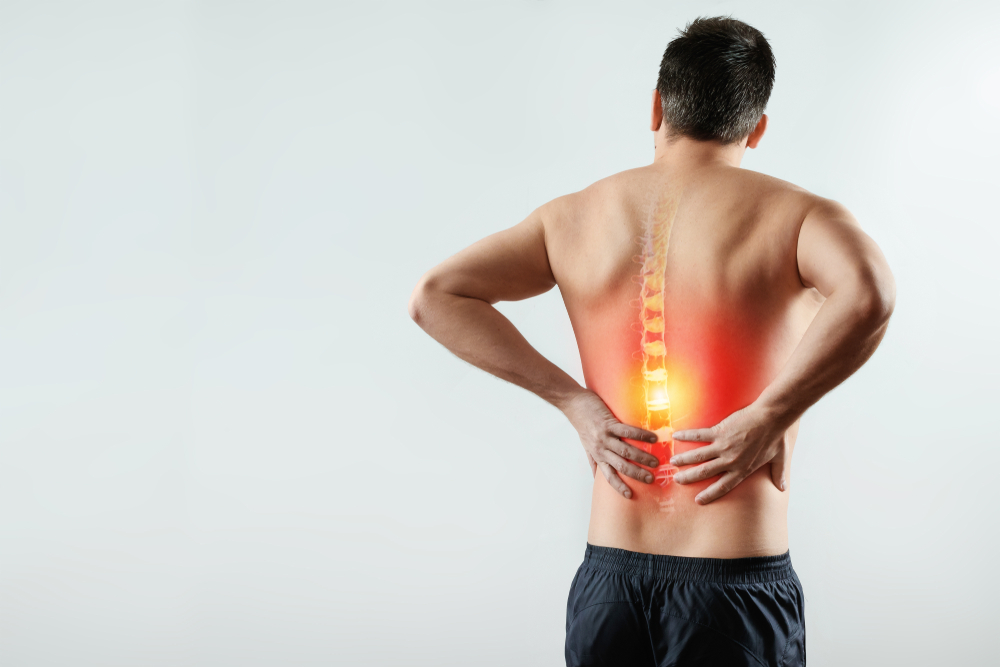
- You lose feeling in one or both legs, or you suddenly feel uncoordinated or weak.
- You lose sensation in your buttocks, groin, or genital area (including your bladder or anus). This may either make it hard to pee or have a bowel movement, or cause incontinence.
Was this article helpful?
Yes
No
Hallie Levine
Hallie Levine is an award-winning journalist who has covered health and wellness for more than 20 years. She lives with her three children in Fairfield, Connecticut.
Advertisement
Back Pain After Pregnancy | Spine-health
Persistent or newly developed pain in the lower back after pregnancy, also known as postpartum back pain, usually lasts for 6 months but may continue up to a decade. 1 Bergström C, Persson M, Nergård KA, Mogren I. Prevalence and predictors of persistent pelvic girdle pain 12 years postpartum. BMC Musculoskelet Disord. 2017;18(1):399. Published 2017 Sep 16. doi:10. 1186/s12891-017-1760-5 , 2 Stuber KJ, Wynd S, Weis CA. Adverse events from spinal manipulation in the pregnant and postpartum periods: a critical review of the literature. Chiropr Man Therap. 2012;20:8. Published 2012 Mar 28. doi:10.1186/2045-709X-20-8 Postpartum back pain mostly occurs while performing activities that involve body movements, 3 Mogren IM. Physical activity and persistent low back pain and pelvic pain post partum. BMC Public Health. 2008;8:417. Published 2008 Dec 22. doi:10.1186/1471-2458-8-417 such as walking, lifting, bending, and/or carrying the new baby, and may be relieved with rest, exercise, and home treatments. The type and severity of pain depend on the underlying cause.
1186/s12891-017-1760-5 , 2 Stuber KJ, Wynd S, Weis CA. Adverse events from spinal manipulation in the pregnant and postpartum periods: a critical review of the literature. Chiropr Man Therap. 2012;20:8. Published 2012 Mar 28. doi:10.1186/2045-709X-20-8 Postpartum back pain mostly occurs while performing activities that involve body movements, 3 Mogren IM. Physical activity and persistent low back pain and pelvic pain post partum. BMC Public Health. 2008;8:417. Published 2008 Dec 22. doi:10.1186/1471-2458-8-417 such as walking, lifting, bending, and/or carrying the new baby, and may be relieved with rest, exercise, and home treatments. The type and severity of pain depend on the underlying cause.
This page discusses the various causes and types of postpartum back pain and when medical attention may be warranted.
Causes of Postpartum Back Pain
The vast majority of women who experience postpartum back pain develop the symptoms due to pregnancy-related changes in the musculoskeletal system that persist after delivery.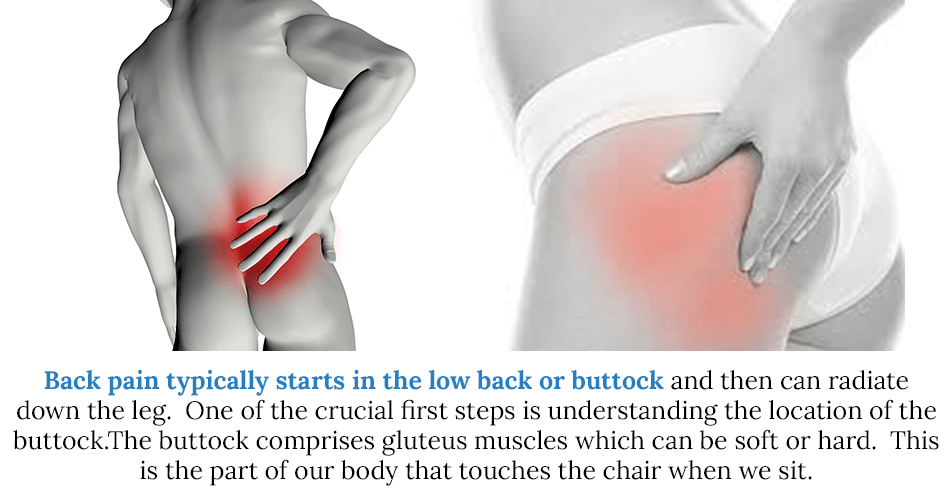 In some cases, women may undergo bodily trauma during childbirth that directly involves the lower back and pelvic bones, joints, and/or soft tissues, causing additional pain and discomfort. The type of delivery—vaginal, instrumental, or cesarean section (C-section) may also have a role to play in postpartum back pain. 4 Ricci SS, Kyle T. Maternity and Pediatric Nursing. Lippincott Williams & Wilkins; 2009.
In some cases, women may undergo bodily trauma during childbirth that directly involves the lower back and pelvic bones, joints, and/or soft tissues, causing additional pain and discomfort. The type of delivery—vaginal, instrumental, or cesarean section (C-section) may also have a role to play in postpartum back pain. 4 Ricci SS, Kyle T. Maternity and Pediatric Nursing. Lippincott Williams & Wilkins; 2009.
Loss of muscle tone and joint instability
The effects of pregnancy on the muscles and joints in the lower body vary. A surge in the levels of relaxin, estrogen, and progesterone hormones causes considerable joint relaxation during pregnancy. After delivery, the levels of these hormones decline significantly, causing the joints to return to the pre-pregnant state. It takes an average of 6 to 8 weeks for the joints and surrounding tissues to stabilize and bear weight effectively. 4 Ricci SS, Kyle T. Maternity and Pediatric Nursing.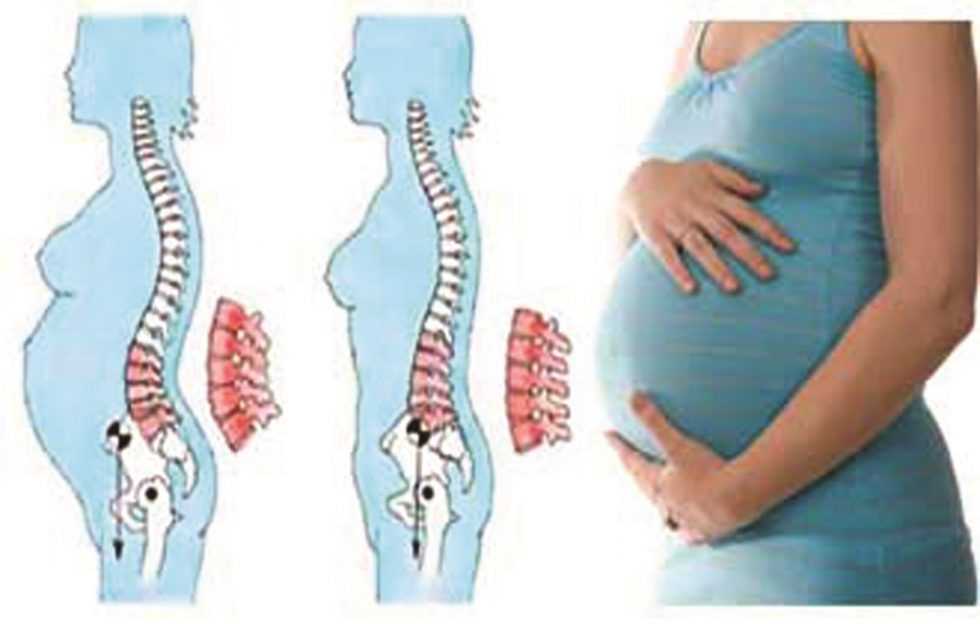 Lippincott Williams & Wilkins; 2009.
Lippincott Williams & Wilkins; 2009.
The sudden decrease in hormone levels may cause localized and/or overall effects, such as 4 Ricci SS, Kyle T. Maternity and Pediatric Nursing. Lippincott Williams & Wilkins; 2009. :
- A general feeling of tiredness
- Activity intolerance
- Pain in the lower back and hip
- Back pain while walking or performing an exercise
If unsupported posture and body mechanics are used at this time, the risk of further trauma to the lower back and hip are higher. 4 Ricci SS, Kyle T. Maternity and Pediatric Nursing. Lippincott Williams & Wilkins; 2009.
Diastasis recti
The uterus enlarges during pregnancy to accommodate the growing fetus. This change causes the muscles of the abdominal wall to stretch substantially. The stretching results in loss of muscle tone in the abdominal region with the possible separation of certain muscles, such as the rectus abdominis.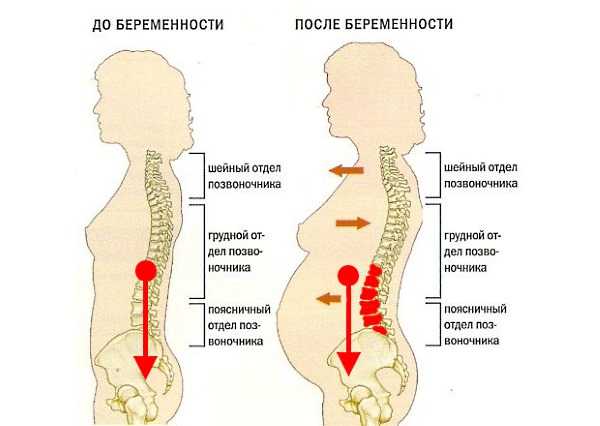 Women who have poor abdominal muscle tone prior to pregnancy are at a higher risk of separation of the rectus abdominis muscle. This condition is called diastasis recti and causes the muscles to become loose and have poor tone after delivery. 4 Ricci SS, Kyle T. Maternity and Pediatric Nursing. Lippincott Williams & Wilkins; 2009.
Women who have poor abdominal muscle tone prior to pregnancy are at a higher risk of separation of the rectus abdominis muscle. This condition is called diastasis recti and causes the muscles to become loose and have poor tone after delivery. 4 Ricci SS, Kyle T. Maternity and Pediatric Nursing. Lippincott Williams & Wilkins; 2009.
Diastasis recti may compromise postural stability and contribute to lower back and pelvic pain. If the pelvic floor muscles are also weak, urinary incontinence and dysfunction of the pelvic muscles may also occur. 5 Doubkova L, Andel R, Palascakova-Springrova I, Kolar P, Kriz J, Kobesova A. Diastasis of rectus abdominis muscles in low back pain patients. BMR. 2018;31(1):107-112. doi:10.3233/BMR-169687
Posterior pelvic pain (pelvic girdle pain)
Pelvic changes begin during pregnancy and while these changes resolve uneventfully in some women, others develop chronicity due to persistent symptoms, which may last for several months to years.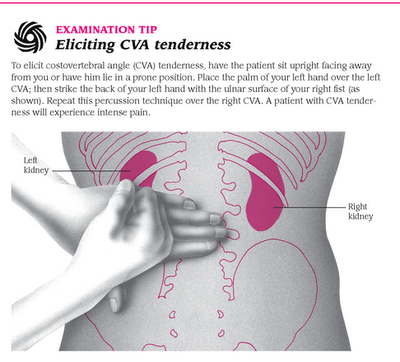 1 Bergström C, Persson M, Nergård KA, Mogren I. Prevalence and predictors of persistent pelvic girdle pain 12 years postpartum. BMC Musculoskelet Disord. 2017;18(1):399. Published 2017 Sep 16. doi:10.1186/s12891-017-1760-5
1 Bergström C, Persson M, Nergård KA, Mogren I. Prevalence and predictors of persistent pelvic girdle pain 12 years postpartum. BMC Musculoskelet Disord. 2017;18(1):399. Published 2017 Sep 16. doi:10.1186/s12891-017-1760-5
New mothers with posterior pelvic pain experience a continuous, dull pain in the lower back. Some women have more intense symptoms, such as sharp and stabbing pain. 1 Bergström C, Persson M, Nergård KA, Mogren I. Prevalence and predictors of persistent pelvic girdle pain 12 years postpartum. BMC Musculoskelet Disord. 2017;18(1):399. Published 2017 Sep 16. doi:10.1186/s12891-017-1760-5
Bruising, fracture, or dislocation of the coccyx
Coccydynia, the medical term for tailbone pain, is a condition that may affect women who have a difficult vaginal delivery due to a large newborn, excessive weight gained during pregnancy, or an instrumental delivery.
See Coccydynia (Tailbone Pain)
The coccygeal segment forms the bottommost part of the spine, and this segment may be forced backward beyond its normal range of motion during childbirth.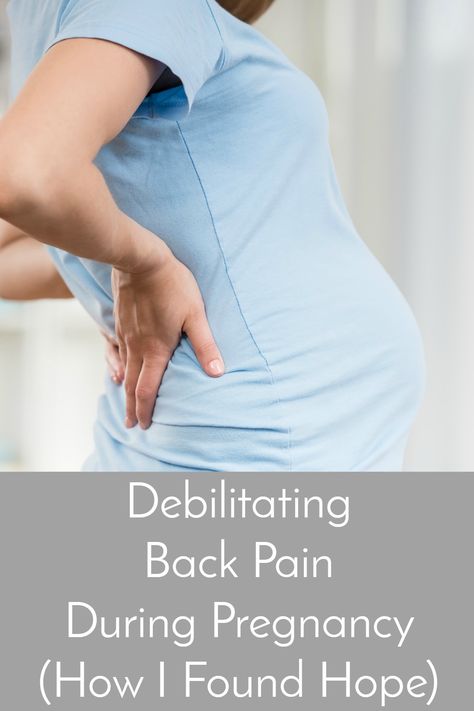 6 Foye PM. Coccydynia. Physical Medicine and Rehabilitation Clinics of North America. 2017;28(3):539-549. doi:10.1016/j.pmr.2017.03.006 , 7 Lirette LS, Chaiban G, Tolba R, Eissa H. Coccydynia: an overview of the anatomy, etiology, and treatment of coccyx pain. Ochsner J. 2014;14(1):84–87. Available from: https://www.ncbi.nlm.nih.gov/pmc/articles/PMC3963058/ While this condition is self-limiting and resolves itself in a few weeks or months, the symptoms can be debilitating.
6 Foye PM. Coccydynia. Physical Medicine and Rehabilitation Clinics of North America. 2017;28(3):539-549. doi:10.1016/j.pmr.2017.03.006 , 7 Lirette LS, Chaiban G, Tolba R, Eissa H. Coccydynia: an overview of the anatomy, etiology, and treatment of coccyx pain. Ochsner J. 2014;14(1):84–87. Available from: https://www.ncbi.nlm.nih.gov/pmc/articles/PMC3963058/ While this condition is self-limiting and resolves itself in a few weeks or months, the symptoms can be debilitating.
Coccydynia causes severe pain at the very bottom of the spine and makes activities such as getting up from a chair or bed painful.
Read more about Coccydynia (Tailbone Pain) Symptoms
Sacral stress fracture
Similar to tailbone trauma, the fused vertebrae of the sacral spine in the pelvic region may undergo stress fracture during childbirth. In addition to the risk factors for coccydynia mentioned above, a sacral stress fracture may also occur due to increased curvature in the lower back, the use of blood-thinning agents, such as heparin, or osteoporosis of pregnancy. 8 Roller RL, Walker EA, Michelitch SW. Postpartum sacral fracture in a 30-year-old female. Radiol Case Rep. 2015;4(3):264. Published 2015 Dec 7. doi:10.2484/rcr.v4i3.264
8 Roller RL, Walker EA, Michelitch SW. Postpartum sacral fracture in a 30-year-old female. Radiol Case Rep. 2015;4(3):264. Published 2015 Dec 7. doi:10.2484/rcr.v4i3.264
Sacral stress fractures cause severe pain in the rear pelvic region and make weight-bearing in this region painful. 8 Roller RL, Walker EA, Michelitch SW. Postpartum sacral fracture in a 30-year-old female. Radiol Case Rep. 2015;4(3):264. Published 2015 Dec 7. doi:10.2484/rcr.v4i3.264 For example, sitting may be notably uncomfortable.
When to See a Doctor
Back pain that does not subside with rest or home treatments, such as a massage, heat therapy, or gentle stretching and exercise, and/or pain that progresses over time may require medical attention. As a general rule, troubling symptoms, such as newly occurring numbness or weakness in the leg(s) or worsening of previous leg pain and numbness symptoms, must be reported to a doctor.
See Management of Back Pain in Pregnancy
A doctor can accurately diagnose the underlying cause of the pain and formulate a treatment plan. For breastfeeding mothers, it is advisable to consult a doctor before taking any pain-relieving medication. The type and dosage of pain-relieving medications vary, and not all over-the-counter medications are safe while breastfeeding.
For breastfeeding mothers, it is advisable to consult a doctor before taking any pain-relieving medication. The type and dosage of pain-relieving medications vary, and not all over-the-counter medications are safe while breastfeeding.
Postpartum back pain may be a continuing symptom of pregnancy or develop as a new symptom after labor and delivery. 9 Schwerla F, Rother K, Rother D, Ruetz M, Resch K-L. Osteopathic Manipulative Therapy in Women With Postpartum Low Back Pain and Disability: A Pragmatic Randomized Controlled Trial. J Am Osteopath Assoc. 2015;115(7):416. doi:10.1097/gco.0b013e3283404ea110.7556/jaoa.2015.087 Failure to adequately treat the symptoms may lead to chronic pain, affect daily functioning, and reduce the overall quality of life. Women are encouraged to seek medical attention to relieve the symptoms and address the underlying problem. Having a pain-free back after labor and delivery will help new mothers care for their newborn more effectively and enjoy the early phases of motherhood.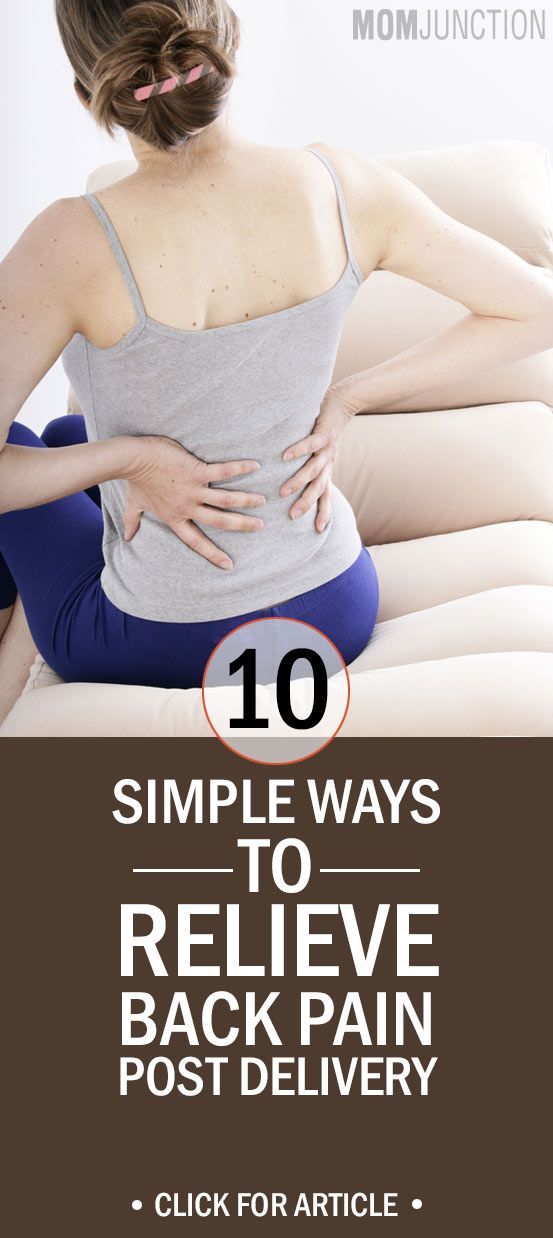
Back pain after childbirth, recovery of the spine after childbirth
Young mothers often complain of back pain. According to statistics, discomfort in the lower back, neck and shoulders occurs in every second woman in labor. Sadly, this condition can last from a few weeks to 1 year. There are many reasons for back pain.
Young mothers often complain of back pain after childbirth
According to statistics, discomfort in the lower back, neck and shoulders occurs in every second woman in labor. Sadly, this condition can last from a few weeks to 1 year.
There are many reasons for back pain.
These are heavy loads (carrying a baby in her arms every day), and displacement of the axis of the spine during pregnancy, and stretching of the muscles of the back and abdomen, and childbirth itself, which are a great stress for the lower back and sacrum.
Back pain after childbirth is related to the condition of the abdominal muscles. During pregnancy, these muscles stretch and lengthen, diverge to the sides, as a result of which the psoas muscles shorten. Modification of the lumbar muscles entails the formation of a “hollow” in the lumbar region, while the stomach protrudes. So there is pain in the lower back, which is especially clearly felt when bending forward, lifting weights and squats.
Modification of the lumbar muscles entails the formation of a “hollow” in the lumbar region, while the stomach protrudes. So there is pain in the lower back, which is especially clearly felt when bending forward, lifting weights and squats.
Another cause of back pain after childbirth is the stretching of the pelvic muscles during childbirth, because the passage of the fetus through the narrow birth canal is a lot of stress. Most suffer from discomfort in the back of a woman whose physical preparation at the time of childbirth left much to be desired. The same women in labor, who during pregnancy were engaged in special gymnastics, note much weaker pain. However, not only the lack of training is fraught with overstretching of the pelvic muscles. An important role here is played by a change in the hormonal background, which causes metamorphosis in the structure of the ligaments and joints.
In addition, orthopedic doctors have identified the following pattern: if a woman had a curvature of the spine before pregnancy, then after childbirth she will be more likely to have back pain than women with normal posture.
If we talk about the causes of back pain in women in labor, it is worth mentioning birth trauma. A birth injury is usually understood as a displacement of the femoral joints or displacement of the vertebrae of the sacro-lumbar spine. This problem most often worries women in labor who have a large body weight, as well as those women who went into labor unprepared (did not master the technique of proper breathing, did not take gentle postures during contractions, etc.).
The Kiparis Back Health Center effectively uses a long-term method of restoring the functions of the spine - it is a drug-free alternative to massage and manual therapy, in which the power of a specialist is used. Our technique is based on the possibilities of OWN body and OWN forces.
With the help of the simulator "Cypress":
- relieves excessive pressure on the intervertebral discs and vertebral joints;
- restores blood circulation in the paravertebral tissues;
- relieves swelling and inflammation in the area of the affected disc;
- spasmodic muscles relax;
- unloads the spine;
- restores the tone of the deep muscles of the back and the structure of the intervertebral discs.
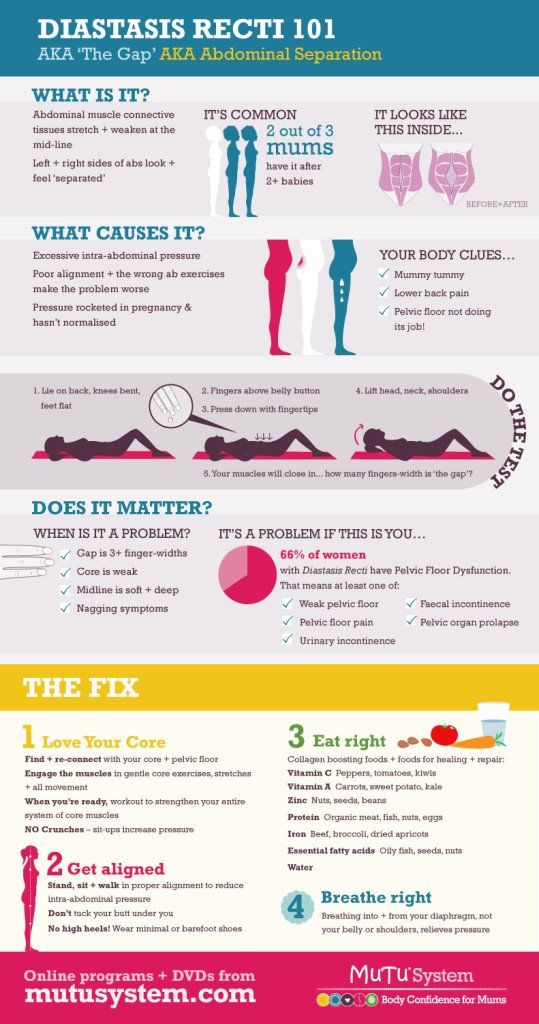
Why does the lower back hurt after childbirth?
13.07.2021
There are many women who complain that their lower back hurts after childbirth .
Experts say that this is not a cause for great concern, since the processes occurring during pregnancy , and then the recovery period after the baby was born, contribute to the occurrence of such symptoms.
Causes of pain in the lower back
To understand why the lower back hurts after childbirth , it should be remembered that during pregnancy restructuring of all organs and systems begins under the control of increased action of certain hormones .
To prepare for the birth of the baby, softening of the cartilage structures occurs, which causes a slight discrepancy bones pelvis. But such a process affects all the cartilages, so the spine becomes less strong and less able to withstand the increased load. Nerve endings are slightly compressed and pain occurs.
Nerve endings are slightly compressed and pain occurs.
Another cause of pain in the lower back is the process of stretching the muscles of the press under the influence of the growing uterus . In this case, the muscle fibers of the lumbar are subjected to constant tension, which causes them to spasm. This is accompanied by pain, which can be aggravated by hypothermia or lifting weights.
Very large loads on the lumbar region in this condition also occur due to the fact that the pregnant woman has a shift in the center of gravity. The posture of noticeably changes, and the back of is in constant tension.
After the birth of a child, recovery processes begin, but the pain may persist for some time. If they bring severe discomfort or begin to intensify, then it is necessary to inform the specialist about this.
What will the doctor do?
To clarify the diagnosis of , doctor can prescribe examinations that will most objectively show the condition of the lumbar region.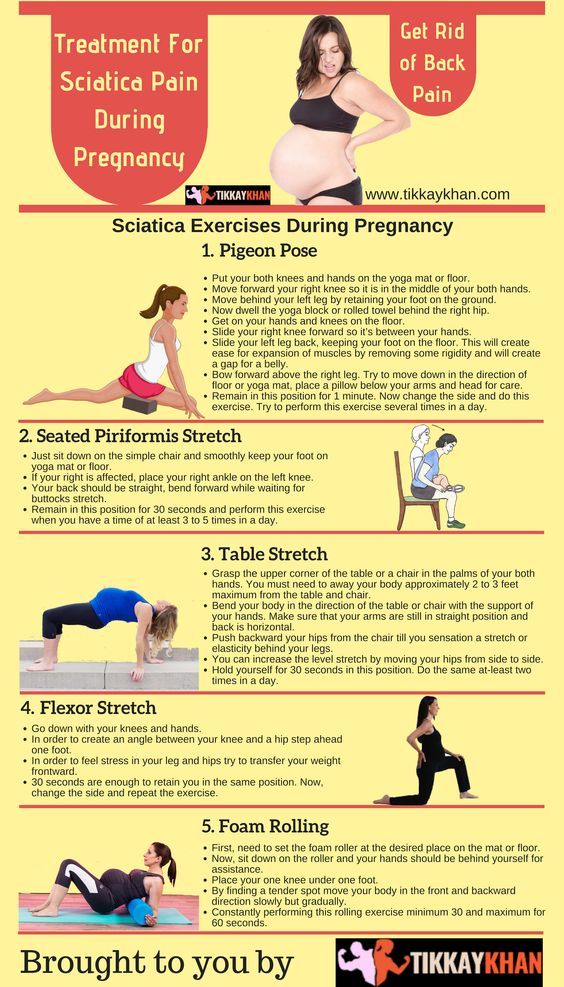 It can be an MRI, ultrasound , X-ray examination. If hernia or displacement is detected, all measures must be taken to eliminate them.
It can be an MRI, ultrasound , X-ray examination. If hernia or displacement is detected, all measures must be taken to eliminate them.
For the treatment of back pain after childbirth special exercises and some methods are used physiotherapy . In addition, it is necessary to prevent the deterioration of the condition by following the recommendations of the doctor .
Do not self-medicate, because during breastfeeding most of the medicines can pass into mother's milk and adversely affect the baby.
In order to prevent further development of the disease, sudden movements and tilts should be avoided. In order to lift a child or an object, it is better to squat down at the same time. Sometimes doctor recommends wearing a special corset or bandage to unload the spine .
However, it should be remembered that the constant use of these products will lead to a sharp weakening of the muscles, which as a result may aggravate the development of the pathological process.
Weight gain, which normally occurs during gestation, may adversely affect the condition of the spinal column in the future. Therefore, a review of the diet should also be included in the set of preventive measures.
It should not be sparse, but it should be dominated by foods high in fiber and a minimum of animal fats.
It is also recommended to get into the habit of performing a minimum set of physical exercises. You should also spend as much time as possible on the street, fresh air is necessary for both a young mother and her child. Hiking with a stroller can replace a light workout.
Maintain a correct position when feeding. An armchair for this should be chosen with a high back and a deep seat. The back should be as close as possible, and the legs should be on the floor with the knees bent , while they should not strain.
If it is necessary to put a heavy object on top, it is necessary at this time to spread the legs as wide as possible, this will increase the support area and prevent the spine from twisting in one direction or another.